Life Expectancy Of A House: Will It Last 50, 100 or 200 Years?
Home » Structural »
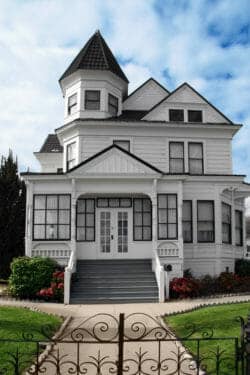
How long will a house last?
Life expectancy of a wood frame house with a concrete foundation can be well over a hundred years provided the home has proper maintenance and care. Naturally homes that are built with quality materials and good workmanship will last longer than ones built poorly.
One-half of U.S. homes built before 1980
It is estimated that about 38% houses in the U.S. were built before 1970 and are thus now more than 49 years old, according to a survey by the U.S. Census Bureau.
Homes over 200 years old
Not only do homes cross the 100 year mark, but they can last for 100’s of years. In Europe there are many homes, castles and structures that have lasted for centuries, partially due to the materials, such as stone, brick and concrete, that they were constructed out of. In the United States two hundred year old homes are found in many states and occasionally there will be a few that are sold in the ever day coarse of real estate home sales.
Maintenance and up-grading
Older homes will generally have had their roofs replaced, new heating and air-conditioning systems installed, bathrooms and kitchens remodeled and plumbing and electrical systems upgraded. However, their basic structural bones, the foundation, footings and framing are basically the same. In areas with earthquakes and high winds owners may have reinforced the structural components to help withstand these forces.
Condo complexes, apartment buildings and high-rise structures often have shorter life spans than single family homes
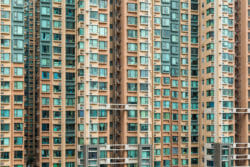
The basic reason for this is that as components and various systems, such as plumbing, HVAC system, electrical systems and large dual pane windows become worn out or obsolete; and they cost more to replace or update than the value or wroth added. Imagine high rise buildings with large glass facades and dual pane windows where the large insulated glass panels have began to fail, where they have become foggy, internally streaked and have lost their insulation value which is not unusual after 20 or 30 years. Now think of the cost to replace and upgrade these windows and cladding; it can be astronomically expensive.
These type of buildings may last only 1/2 half or 2/3 as long a single family home and may be torn down

When you think about so many added requirements like the elevators being upgraded and the fire suppression system having to be brought up to current building codes; it is easy to see why it may be cheaper to tear the high-rise building down and just build a new one.
Due to the high cost of meeting new fire protection codes, building codes and the cost of replacing various components like the windows, heating and air-conditioning systems as well as peoples desire for more modern styles and conveniences like internet and smart home systems; these buildings end up having a shorter life span.
Houses may last 100, 200 years or longer
If your buying an old house or even own one, it is wise to check the home out for structurally soundness and safety from time to time. Make sure that there are operating smoke detectors and carbon monoxide alarms, that the plumbing and electrical systems are in good shape and review the structural soundness of the foundation and framing.
Taking care of the home is key in the home serving you for many years to come.
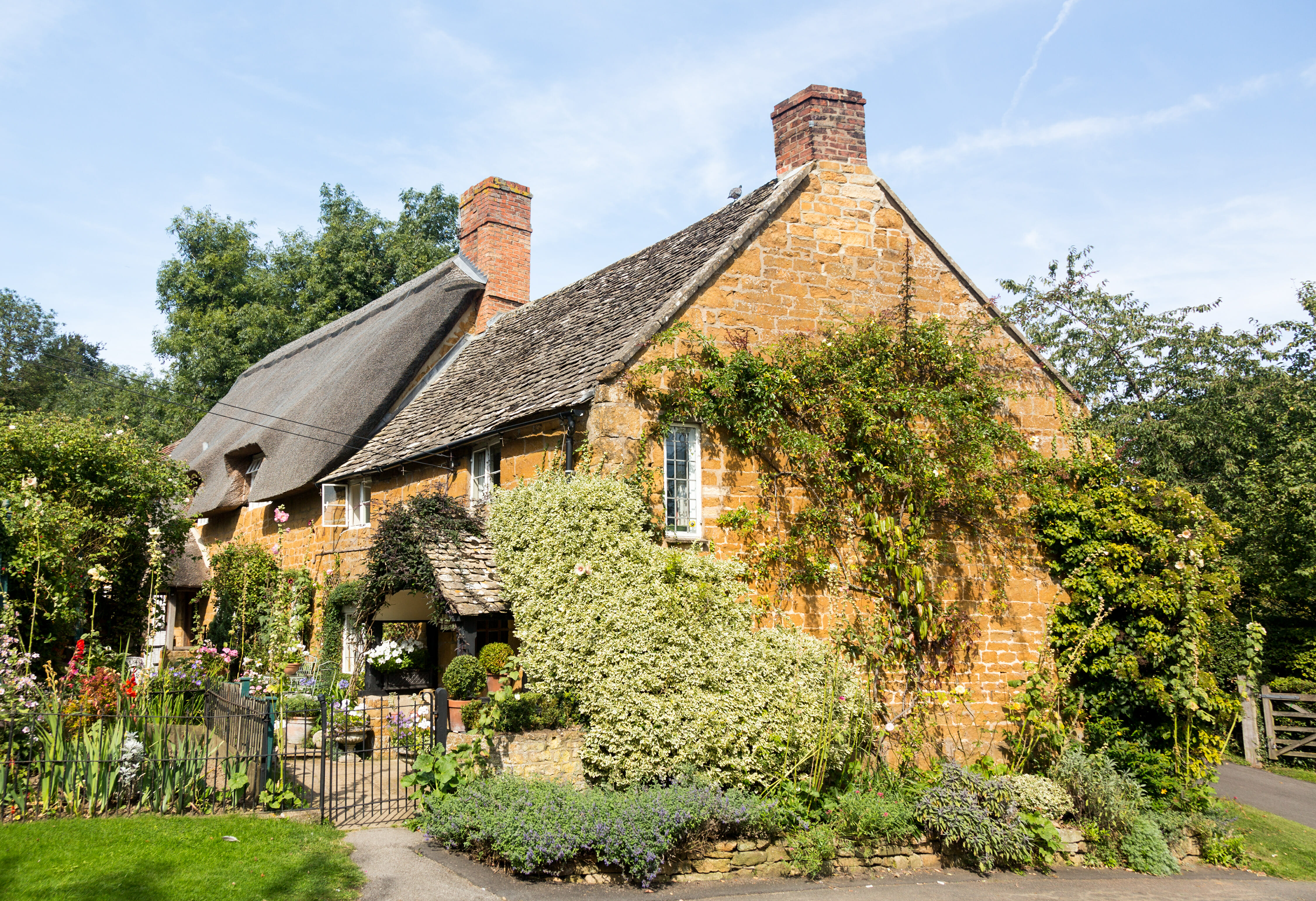
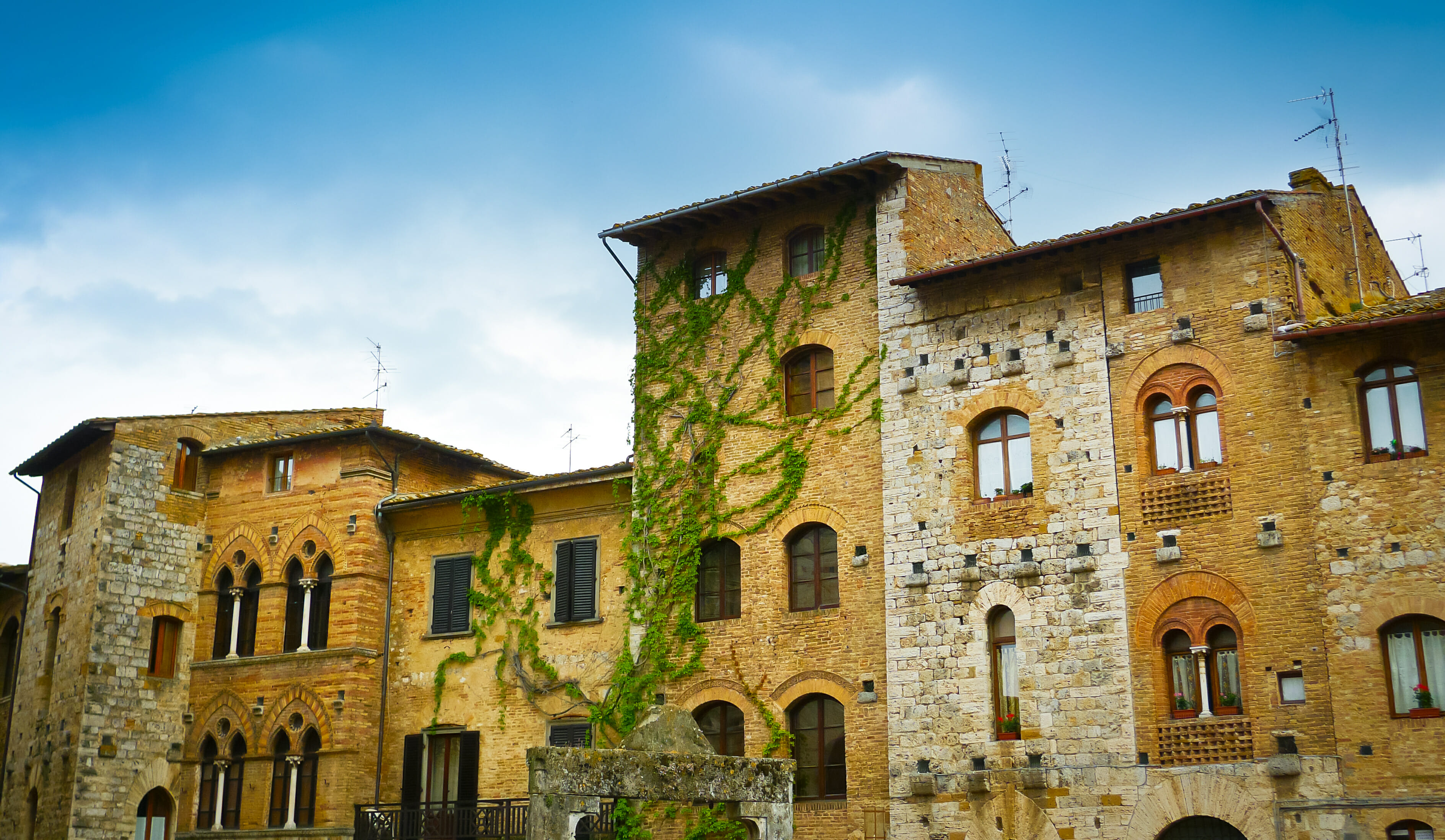

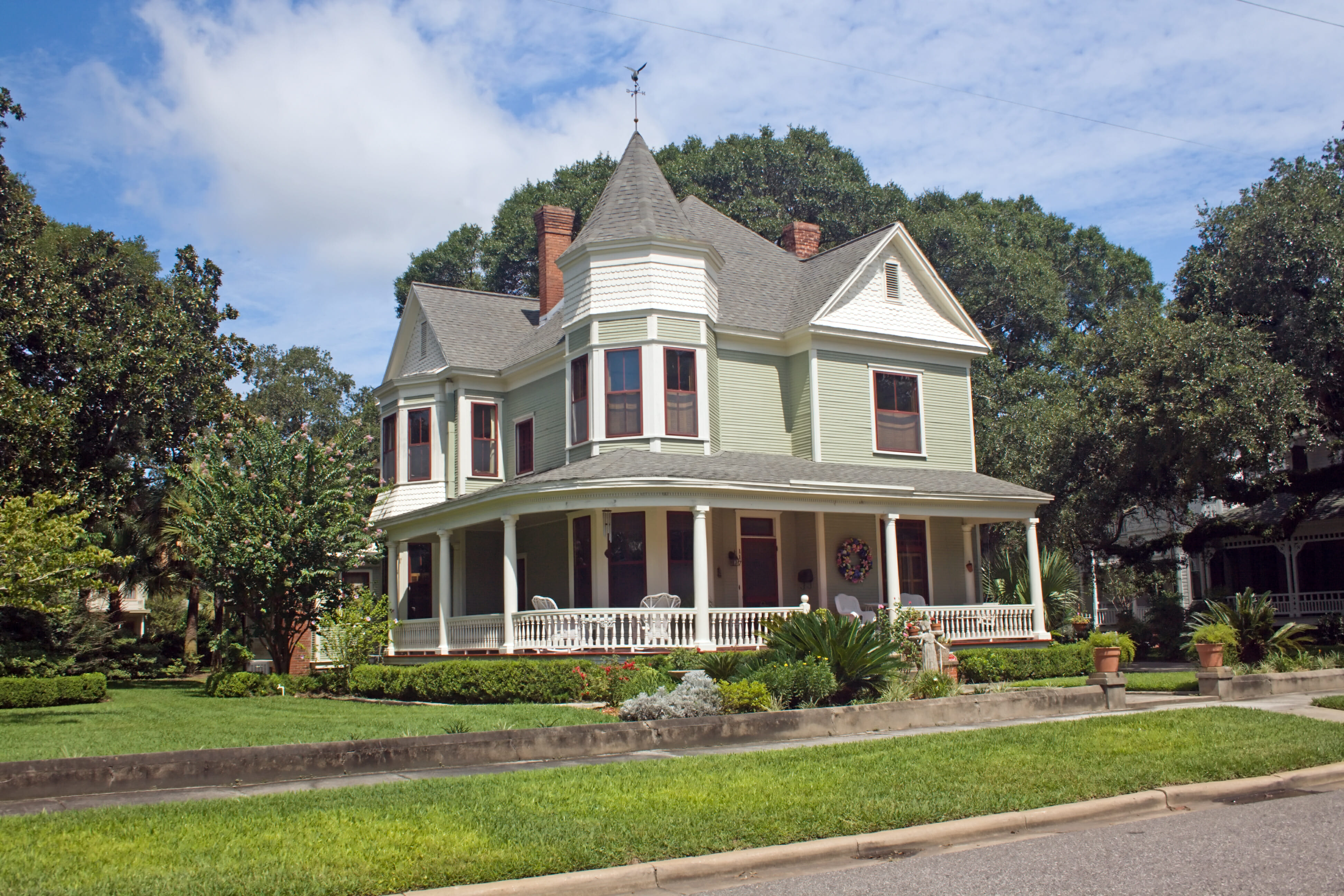



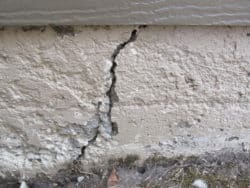

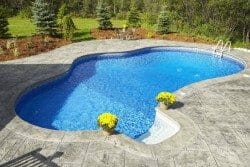

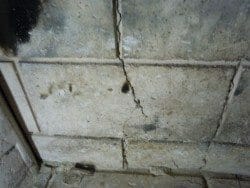

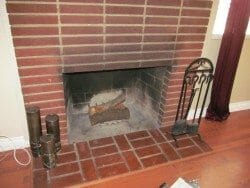

I own a home in Holland Ohio that was built in 1877. It is a Two story brick farm house with stone foundation and crawl space. There is some settling towards the center of the floor plan, about 4 inches decline over 12 ft leading towards the outer wall, i would say. Would you think my house has settled and will not sink any further?